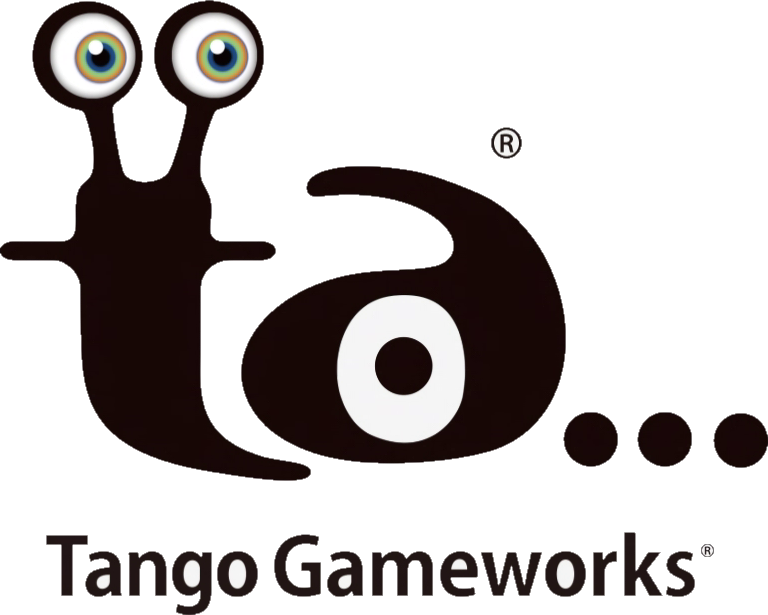Mass layoffs for the past 2 years.
Between 2022 and 2024, the video game industry has been undergoing a huge crisis. More than 32,000 jobs have been cut in the video game industry worldwide during this period.
Who is firing workers? The answer is simple: Tango Gameworks is a great example of recent layoffs; it was shut down by its parent company Microsoft in July. This move was poorly understood by many in the industry, especially since the studio had released a critical and commercial success earlier that year, Hi-Fi Rush. Sony also made headlines by laying off 900 employees from its PlayStation division, which represents about 8% of its global workforce. Finally, the giant Activision Blizzard, which made over $500 million in net income during the second half of 2023, laid off 1,900 employees in January of this year. How can we explain that the giants of the video game industry are posting record profits yet laying off tens of thousands of employees?
To understand this, a slight look back in time is needed.
COVID: A Mirage for Investors.
During the COVID-19 pandemic, a large portion of the population was confined at home for several weeks. Many people turned to video games to pass the time or even to connect socially in new ways. Games like Animal Crossing: New Horizons and Among Us exploded, and the Nintendo Switch was out of stock in the United States for several months. As a result, the video game market saw its value rise by 21.26%. Since video games were one of the few growing markets during this period, the number of people wanting to invest in the industry exploded. We saw a surge in demand coupled with an explosion in financing capabilities for most studios. Convinced that growth would be sustainable, this enthusiasm allowed many studios to hire massively to meet demand. However, the video game market shrank by 2% in 2022. This was an unexpected shock for investors and studios. We saw the first wave of layoffs after this disappointing year, with about 8,000 positions being eliminated in 2022.

From 2022 to today, the mirage has faded.
In 2023, the market returned to double-digit growth, and everyone agrees that this year has been one of the best in terms of the quality of released games. However, layoffs continued. Major publishers are under pressure, with investors demanding high and quick margins. Companies are pushed to cut costs, and this often involves reducing headcount.
The problem is that developing a game is becoming increasingly expensive and time-consuming; profits don’t arrive as quickly as investors expect who are unfamiliar with the video game market. The mismatch between investor expectations and the time needed to create a video game is one of the main reasons for these layoffs.
This leads to a reevaluation of the « AAA » video game model. Indeed, AAA games, those major blockbusters, require development and marketing budgets that can be higher than those of movie productions. For instance, the budget for Red Dead Redemption was 800 million dollars. But while a film can be made in a few months, AAA games often require years of work. The pressure from investors, who expect a quick return on their investments, directly conflicts with the reality of video game production.
Studios find themselves in a paradoxical situation: to meet investor expectations and produce high-budget titles, they need to hire large numbers of specialized talent, but due to the slow pace of financial returns, they are forced to lay off employees to remain profitable and maintain a high financial valuation. It’s a vicious circle that heavily impacts the industry and leaves little room for long-term projects.
Another consequence of this pressure is the rise of « games as a service », titles that prioritize economic models based on microtransactions, season passes, and subscriptions. Rather than embarking on expensive projects with a single release date, studios are investing in games designed to generate ongoing revenue. Often seen as a cash cow, this model is popular with investors.
However, the games-as-a-service market is approaching saturation. Five flagship titles already dominate a large share of players, representing about 27% of global playtime. With attention already monopolized by established successes, new entrants are struggling to find their audience. A striking example is Concord, a games-as-a-service title launched by Sony this year, which turned out to be a resounding failure. Despite a colossal budget of $400 million, the game reportedly sold only 25,000 copies.
A Paradigm Shift is Necessary.
Today, a paradigm shift is required. The model centered around expensive blockbusters and an overabundance of games as a service is starting to show its limits. The industry must rethink how it creates games.
For several years now, independent studios have been leading the way with smaller projects, often freer from the pressure of deadlines. Going against the endless development cycles, these smaller and often bolder games attract an audience tired of repetitive trends. They prove that other paths are possible and that it’s possible to reach players in different ways.
For the big publishers, this implies accepting more spread-out profitability and reevaluating investor expectations based on the realities of game development. This realignment could finally stabilize employment in a sector saturated by hiring and firing cycles. Finding a balance between creativity and profitability is difficult, but it may be essential for the future of the industry.
Gabriel Rabouille


